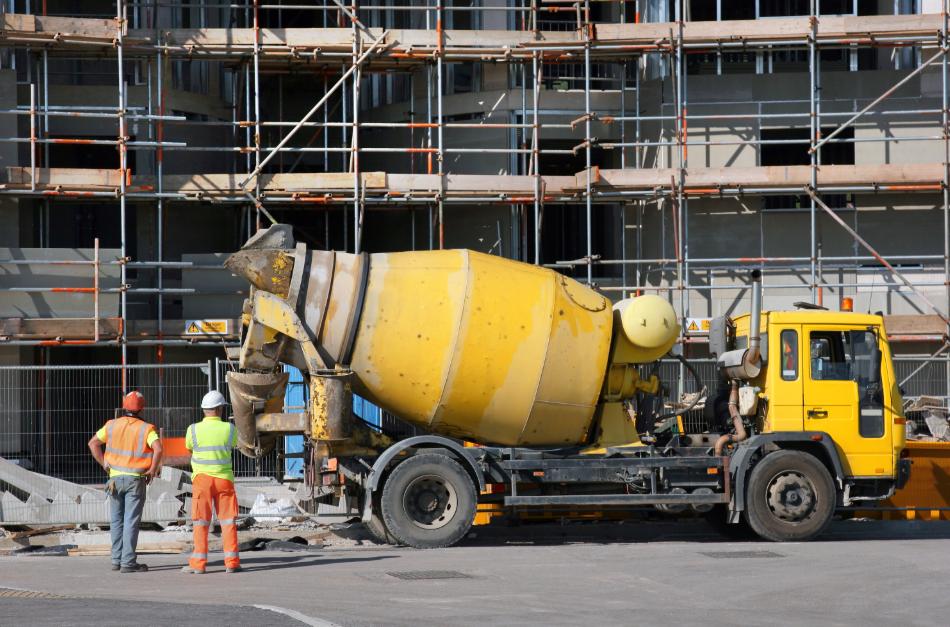
When it comes to construction and masonry, a concrete mixer is an essential tool that significantly enhances efficiency and consistency in mixing concrete. However, its operation isn’t without risks.
To ensure the safety of operators and the smooth functioning of the mixing process, adhering to established safety protocols is crucial. This guide outlines the essential safety measures every operator should follow to prevent accidents and ensure a safe working environment.
Understand the Equipment
Before even turning on a concrete mixer, it’s vital for operators to be thoroughly familiar with the equipment. This includes understanding its parts, functions, and the manufacturer’s guidelines.
Operators should undergo proper training to learn the operation, limitations, and potential hazards of the concrete mixer. Reading the manual and knowing what each control does can prevent misuse that may lead to accidents.
Regular Maintenance Checks
The importance of regular maintenance cannot be overstressed. Before use, a routine check should be conducted to ensure that all parts of the concrete mixer are in good working condition.
This includes checking the motor, drum, and mixing blades for any signs of wear or damage. Ensuring that all nuts and bolts are tightened and that the electrical connections are secure can prevent mechanical failures that might pose safety risks.
Proper Dressing and Personal Protective Equipment (PPE)
Safety begins with the right attire. Operators should wear fitting clothing that won’t get caught in the mixer’s moving parts. Protective gear is also crucial. This includes:
- Safety goggles to protect eyes from flying particles.
- Dust masks, especially when working with dry cement mixtures.
- Sturdy gloves to protect hands from sharp edges and the causticity of wet cement.
- Steel-toed boots provide protection for the feet against heavy objects that might fall.
Safe Operation Practices
Once the mixer is deemed safe to use, following safe operating procedures is the next step. Operators should always ensure that the mixer is on a stable and level surface to prevent tipping over. The mixer should never be overloaded; adhering to the manufacturer’s specifications for volume and weight is critical.
When the mixer is in operation, operators should never put their hands or tools inside the drum. After use, the machine should be turned off before any cleaning or maintenance is started.
Emergency Preparedness
Despite all precautions, emergencies can happen. Therefore, it’s essential for operators to be prepared to handle unexpected situations. This includes knowing how to swiftly shut down the machine and how to administer first aid.
A well-stocked first aid kit and emergency contacts should be readily accessible on-site. Additionally, operators should be trained in basic first aid and emergency response procedures.
Handling Materials Safely
The materials used with concrete mixers, like cement powder, can be hazardous if not handled properly. It’s important to keep them away from moisture unless intended for mixing.
Operators should avoid direct contact with cement, as it can cause skin irritation or more severe chemical burns. Always use the appropriate method for loading materials into the mixer, usually via a mechanical hoist or bucket, to avoid physical strain or injury.
Conclusion
Operating a concrete mixer safely requires a combination of proper training, adherence to safety protocols, and common sense. By following these guidelines, operators can minimize the risk of accidents and ensure a safe working environment.
Remember, safety is not just the responsibility of the operator but of everyone on-site. By working together and looking out for one another, we can maintain a secure and efficient operation.
